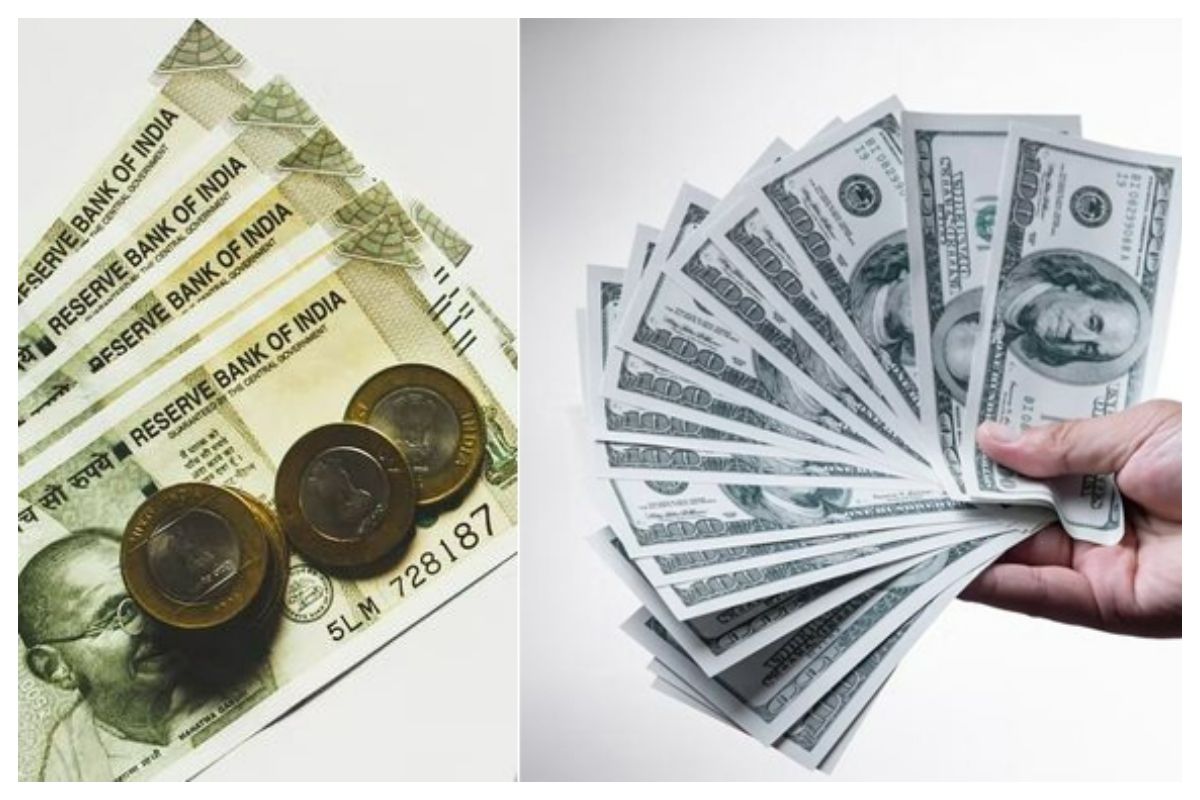RBI Surplus Of Rs. 87416 Crore Turns Out To Be Bonanza For The Central Government
The Reserve Bank of India approved a surplus of more than 87,000 Crore for the year FY23, in contrast to a 48000 Crore prediction by the Union Government.

The Central Board of the Reserve Bank of India (RBI) approved the transfer of Rs. 87,416 Crore (10.69 billion dollar) as dividend to the Central Government of India on Friday for the fiscal year 2022-23.
This gigantic surplus proved to be a boost to RBI’s financial growth, helping it climb by 188 per cent from the previous year.
The Indian benchmark of 10-year bond yield reached a mark of 7.01 per cent with an increase of 5 basis point.
The Chief Economist of the Bank of Baroda, Madan Sabnavis, exclaimed that the recent surplus transfer can help eliminate the interrogation marks on the divestment program as the Government can now manage its financial stronghold with relative ease.
Basis For RBI Surplus In FY23
In a paradoxical state, the Central Government had been expecting a total surplus of about Rs. 48,000 Crore from RBI and banks.
Surprisingly, the said figure had been single-handedly shot up by the Central Bank itself.
This has been a consequence on sale of forex that lent higher earnings, investments on forex in US treasuries that gave better returns, adjustments in reserves as well as revaluation of assets of forex according to the Bimal Jalan Committee norms.

On the other hand, RBI uncovered its reserve by maintaining its surplus throughout by increase in Standing Deposit Facility (SDF) rates that eventually gave out higher pay outs during the last fiscal year.
RBI Surplus Over The Years
FY2021-22 noted a mere dividend transfer of Rs. 30,307 Crore from RBI to the Union Government, which was reported to be the lowest in 10 years.
In FY2020-21, RBI had transferred Rs. 99,126 Crore to the Union Government.
While, a record-breaking transfer of Rs. 176,051 Crore had been made by the regulatory body in FY19. This involved a one-time transfer of Rs. 52,637 Crore as excess provisions, and a dividend or surplus of Rs. 123,414 Crore.
The dividend paid by the RBI concerns the income earned on investments, the fees from currency printing, change of dollar valuations, rupee depreciation against the US dollars, among others.
RBI Ready for FY24
FY24 will not be missing out its fiscal deficit target, even as tax buoyancy undershoots budget estimates. Seasonal moderation in demand of currency in addition to dividend inflows will likely ease out the frictional liquidity.
However, the second half of FY24 might witness Open Market Operations (OMO) at a valuation of Rs. 1.5 lakh Crore in order to introduce durable liquidity to fight off the restricted liquidity state.
Foreign sources would contribute massively to the net income gain, and would be driven mostly by the gross dollar sales.
The massive gross dollar sale was very much active reportedly during June-December 2022, when the average of the Dollar-Rupee rate got close to 80.6, in huge contradiction to the historical price of 64 and 65.

The maturing and issuance of the buy-sell swap of 5 billion dollars recorded in April 2023 was also a part of the huge gross dollar sales in FY23 of 206.4 billion dollars in contrast to the FY22 sale of 96.7 billion dollars.
The Banking System Liquidity is postulated to improve through government spending, consistent build-up of Foreign Exchange reserves, seasonal moderation of currency demand, and a higher-than-budgeted surplus payment at the end of this month.
Gross Domestic Product (GDP) of 0.15-0.2 per cent plus stronger bounty from banks would account for the extra surplus, which in turn might lead to tax revenues, telecom payouts, and lower divestments (FY24 Budget Estimates report Rs. 61,000 Crore divestment) setting off potential losses.
Additional Key Highlights
The Board meeting of the Central Board of Directors of RBI was deemed to the 602nd and was held in Mumbai.
The Secretary of the Department of Economic Affairs Ajay Seth along with 4 Deputy Governors and Directors including Anand Mahindra, Revathy Iyer, Ravindra Dholakia, Sachin Chaturvedi, Pankaj Patel and Satish Marathe took part in the meeting.
The RBI Board, chaired by the Governor Shaktikanta Das, talked through the Reserve Bank working during the last financial year of 2022-23 on Friday.

The accounts and the Annual Reports of the RBI were also approved for FY2022-23.
The Central Board also reviewed the domestic and global growth of the economy as well the corresponding challenges that comprised of the current geopolitical developments worldwide.
In addition, the Reserve Bank of India also escalated the Contingency Risk Buffer to 6 per cent from the previous 5.5 per cent.
The Central Bank saw a makeshift in the Accounting Year (AY) Period to April-March last year, to be in the same boat as the financial year of the Government. Previously, AY of RBI ranged from July to June.
The Central Government is set in expectations of higher surplus moving in through the public sector banks, owing to their good profits, as well as from the oil marketing companies.
From a market perspective, this state of affairs is quite comfortable and handy for the Government as it will keep off higher market borrowings.
Proofread & Published By Naveenika Chauhan




